Analysis of fireproof exterior wall scheme for factory buildings
In recent years, the frequent occurrence of industrial accidents and stricter fire regulations around the world have pushed factory building fireproof exterior wall solutions to become a core issue in the construction industry. According to Grand View Research data, the global industrial fireproof building materials market will reach US$9.8 billion in 2023, with the Asian market growing at a rate of more than 12%, while Europe and the United States will focus on high-performance material innovation. As a high-incidence fire scene, the fireproof grade, durability and economy of its exterior wall materials are directly related to corporate safety and compliance costs.
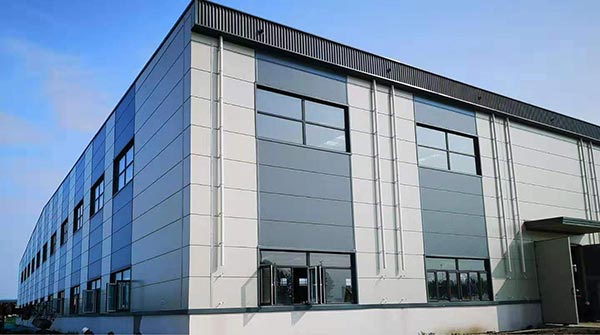
1. Core types and applicable scenarios of global factory fireproof exterior wall solutions
1.1. Manufacturing factory: fireproof gypsum board vs. metal composite board
- Demand pain points: Manufacturing factories often involve high-temperature equipment and flammable raw materials, and need to take into account both fire prevention and ventilation and heat dissipation.
- Fireproof gypsum board: With gypsum as the core material, the fire resistance limit is 2-3 hours, which is suitable for low and medium fire risk scenarios such as automobile assembly plants and mechanical processing workshops. The advantages are low cost and convenient installation, but the moisture resistance is poor, and waterproof coating is required in humid areas of Southeast Asia.
- Metal composite board (such as calcium silicate board + aluminum foil): The fire resistance limit can reach more than 4 hours, and it has both moisture-proof and corrosion-resistant properties, which is suitable for chemical parks or coastal manufacturing bases. For example, the BASF Chemical Park in Germany uses metal composite boards to successfully resist the fire caused by propane leakage.
- Policy drive: The EU Construction Products Regulation (CPR) requires that the fire protection level of the exterior walls of industrial buildings must be at least A2, which will drive the market share of metal composite boards to 35% (2023 data).
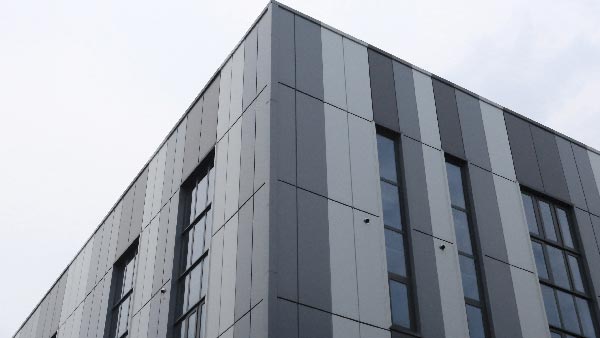
1.2. Logistics and warehousing plant: prefabricated fire wall panels and fireproof glass curtain walls
- Demand pain points: E-commerce logistics centers have high storage density and fast fire spread, requiring rapid deployment and high thermal insulation.
- Prefabricated fire wall panel: Using rock wool sandwich or foamed cement core material, modular installation can shorten the construction period by 50%, suitable for automated stereoscopic warehouses. Amazon’s “micro fulfillment center” in the United States adopts this solution to achieve 4 hours of fire resistance + 2 hours of structural integrity.
- Fireproof glass curtain wall: Low-E fireproof glass + stainless steel frame, realize fire partition isolation in the storage monitoring room or sorting area, taking into account lighting and vision. JD Logistics Center in Osaka, Japan reduces the cost of manual partitions by 30% through this design.
- Trend: Emerging markets in Southeast Asia prefer cost-effective fiber-reinforced cement boards (HPL), while Europe and the United States invest in the development of aerogel insulation coatings with a thermal conductivity as low as 0.016 W/m·K.
1.3. Chemical and energy plants: ceramic fiberboard and explosion-proof pressure relief exterior wall
- Demand pain points: High-risk scenes such as petrochemical plants and lithium battery workshops need to resist explosion impact and high-temperature radiation.
- Ceramic fiberboard: With a temperature resistance of more than 1200℃, the porous structure can absorb heat energy and is used in the walls around the reactors in refineries. The Abu Dhabi National Oil Company in the Middle East used this material to successfully block the spread of fire in the tank area.
- Explosion-proof pressure relief exterior wall: Honeycomb aluminum plate + explosion relief bolt design, directional shedding releases pressure during explosion to protect the main structure. CATL Ningde Factory has reduced the scope of damage caused by the explosion shock wave by 70% through this solution.
- Regulatory requirements: China’s “Code for Fire Protection Design of Buildings” (GB50016) requires that the pressure relief ratio of chemical plant buildings be ≥0.05㎡/m³, driving the explosion-proof exterior wall market to grow by 18% annually.
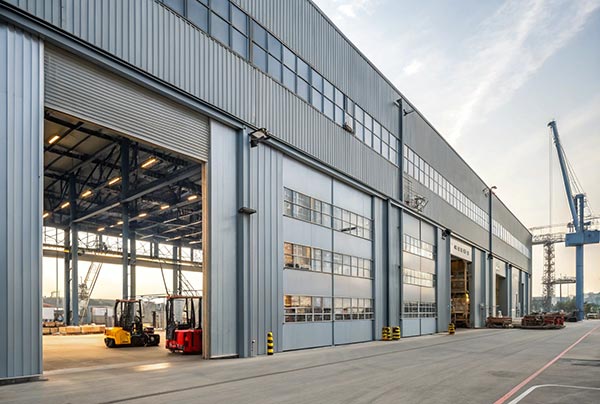
2. Regional market differences and policy compliance strategies
2.1. European and American markets: High-performance materials dominate, ESG requirements upgrade
Material preference: CLT cross-laminated wood structure + fire retardant coating (such as Hempcrete), meeting low-carbon certification (such as LEED v4.1).
Compliance focus: UL 10C standard test and LEED fire performance score, full life cycle carbon emission report is required.
2.2. Southeast Asian market: cost-sensitive solution, suitable for hot and humid environment
Mainstream choice: fiber cement board (FC board) sprayed with fire retardant coating, the unit price is as low as $8-12/㎡, but maintenance is required every 5 years.
Policy challenge: Indonesia’s SNI certification requires the fire resistance limit of the exterior wall to be ≥1.5 hours, and export companies need local cooperation.
2.3. Middle East market: thermal insulation and fire protection integration under extreme climates
Innovative solution: Phase change material (PCM) sandwich panel, which maintains the stability of the wall structure at a high temperature of 40℃, is used in Dubai Jebel Ali Free Trade Zone.
Religious factors: Halal certification requires that the material is free of animal components, which affects the access of calcium silicate board suppliers.
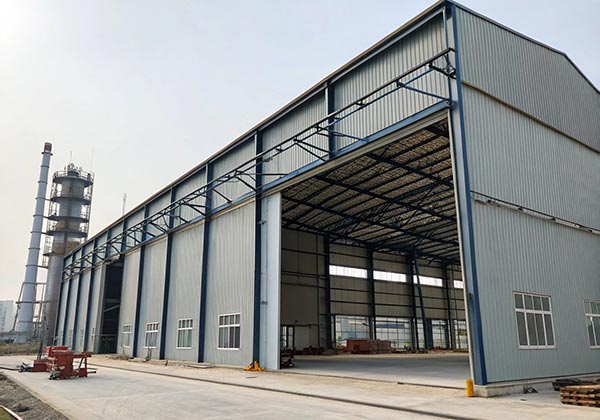
3. Technological innovation and future trends
3.1. Intelligent fireproof exterior wall: IoT monitoring and self-healing materials
Real-time warning: Nano sensors developed by Delft University in the Netherlands are embedded in fireproof panels to monitor temperature anomalies and link the sprinkler system.
Self-healing technology: Microencapsulated flame retardants are released when heated to repair wall cracks and extend service life.
3.2. Circular economy: The rise of recyclable fireproof materials
Biological-based fireproof gypsum: Using industrial waste to replace 30% of raw materials, carbon emissions are reduced by 40%, and it has been rated A by the EU EcoVadis.
Metal plate rental model: European and American companies promote “fireproof exterior wall as a service” (FaaS), paying annually to reduce initial investment.
3.3. Regional customized solutions
African market: Bamboo fiber reinforced fireproof panels, using local resources to reduce costs, and at the same time complying with the African Union’s “Green Great Wall Plan”.
South American lithium mining area: Anti-corrosion fireproof panels cope with salt spray environment and ensure the safety of lithium battery factories.
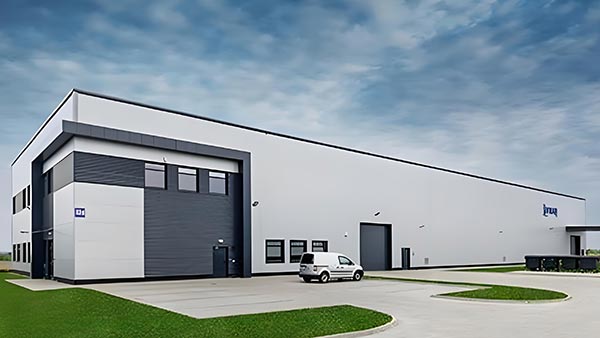
4. How do companies choose the best fireproof exterior wall solution?
Risk assessment: Match the fire resistance level according to the factory fire load (such as the storage volume of Class C/Class B hazardous materials).
Cost model: Comparing the initial investment and maintenance costs, Southeast Asian companies can give priority to FC panels + regular coating maintenance.
Supply chain localization: Set up warehouses in the target market or cooperate with local dealers to avoid tariffs and delivery delays.
Fireproof exterior walls are the “first line of defense” for industrial safety. From the metal composite panels of German automobile factories to the explosion-proof pressure relief walls of the Middle East logistics center, the factory fireproof exterior wall solution is evolving towards high performance, intelligence and sustainability. For export companies, understanding regional policy differences, mastering material technology iterations, and building a localized service network will become the key to seizing the global industrial infrastructure market.
Contact professional fireproof building materials suppliers to obtain customized factory fireproof exterior wall design solutions to avoid safety risks and compliance costs.
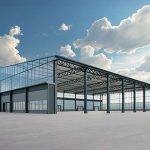
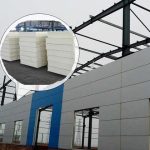
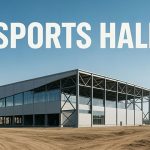
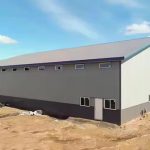
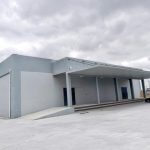
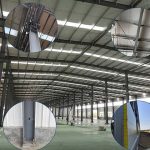
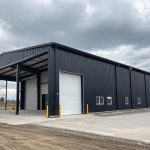
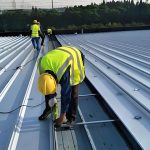
Send us the inquiry form